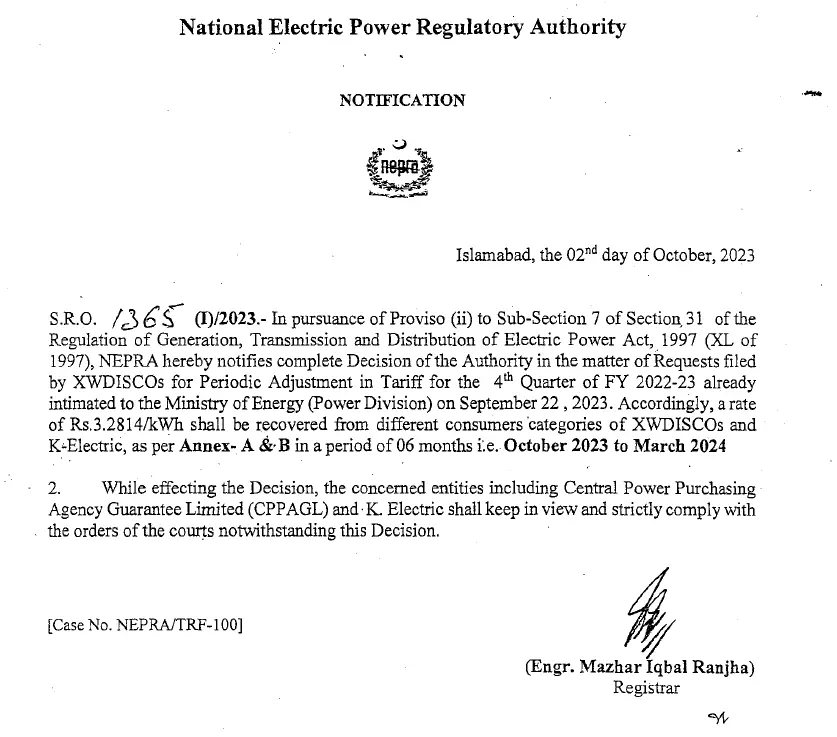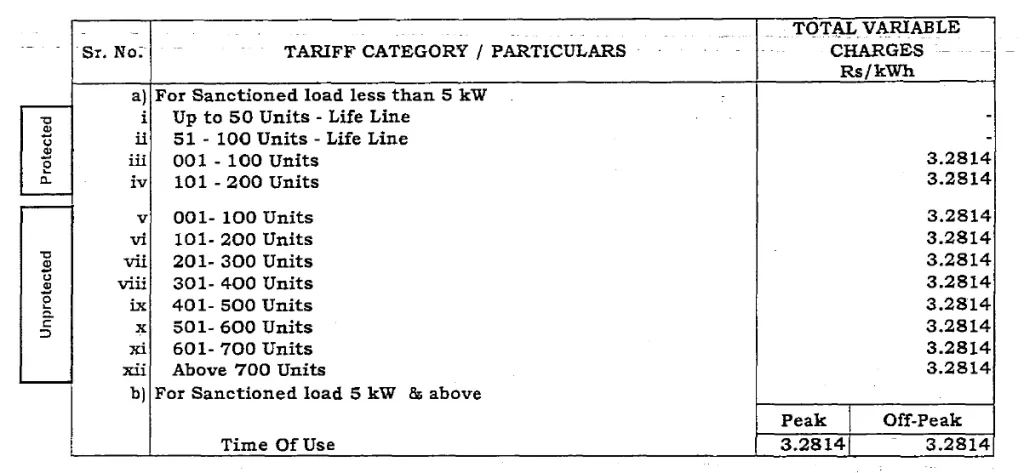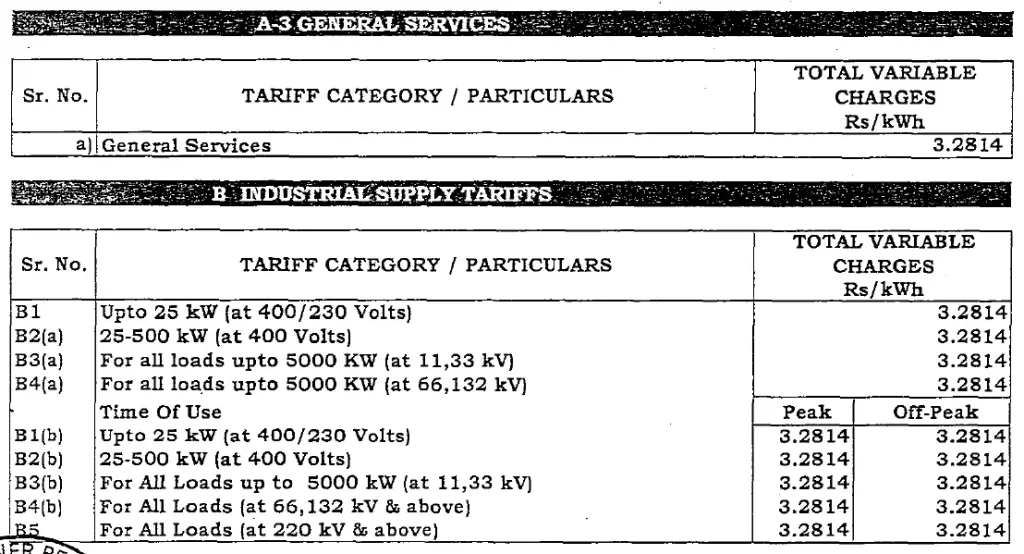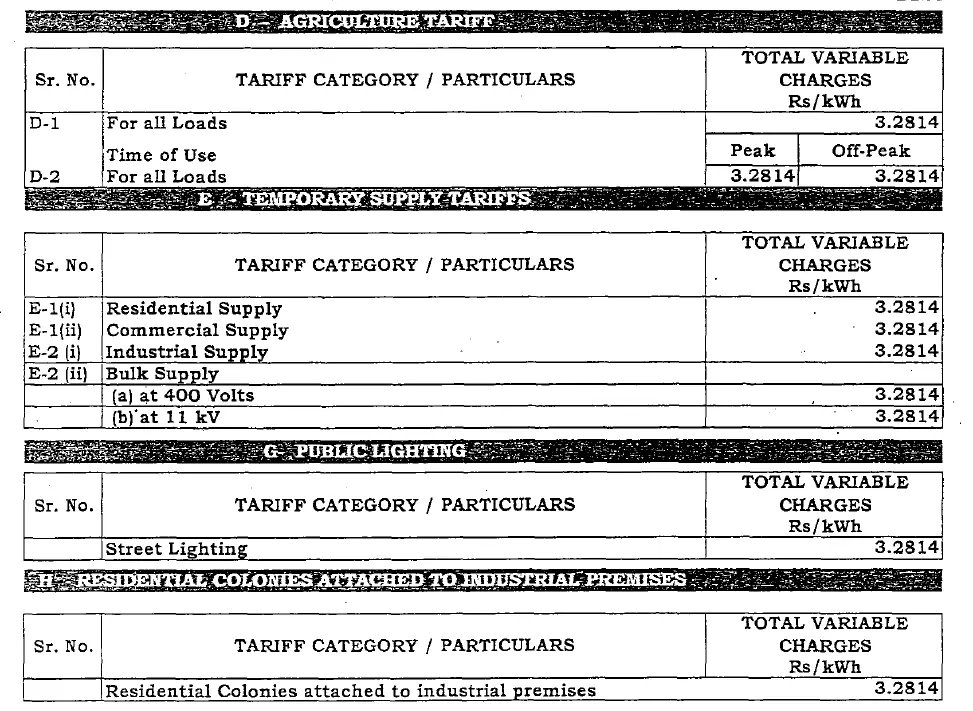Electricity Price Increase by Rs3.28 per Unit
In a recent development, the National Electric Power Regulatory Authority (NEPRA) has given the green light to a substantial increase in electricity prices, leaving the public grappling with yet another financial burden.
This article delves into the details of NEPRA’s decision, its implications on consumers, and the broader context of rising inflation in Pakistan.
CHECK YOUR HESCO ELECTRICITY BIll HERE
NEPRA’s Approval of Electricity Price Increase
NEPRA, the regulatory body overseeing Pakistan’s electricity sector, has sanctioned an increase of Rs 3.28 per unit in electricity prices. This change is part of the quarterly adjustment and will be enforced from October 1, 2023, to March 31, 2024. It’s essential to note that this price hike applies to all power consumers, regardless of their category.

This electricity price increase affects a wide range of consumers, including residential, commercial, agricultural, industrial, residential colonies, industrial premises, and public street lights. Let’s break down the impact on each of these categories:
- Residential Consumers: Families and individuals who rely on electricity for their homes will see a direct increase in their monthly bills. This extra expense can put a strain on household budgets, particularly for low and middle-income families.

- Commercial Consumers: Businesses, shops, and offices heavily reliant on electricity for their operations will face higher operating costs. This could lead to potential price hikes for goods and services, impacting consumers indirectly.

- Industrial Consumers: Industries that are energy-intensive will face increased production costs, potentially impacting employment and economic growth.

- Agricultural Consumers: Farmers who use electricity for irrigation and other agricultural activities will bear the brunt of these price hikes. This can affect agricultural productivity and food prices.

- Residential Colonies and Industrial Premises: These consumers, often managed by housing societies or industrial estates, will have to allocate more resources to cover increased electricity expenses.
- Public Street Lights: Local governments and municipalities responsible for public lighting will face increased operational costs. This may lead to budgetary challenges in maintaining well-lit streets and public spaces.
Application Across All DISCOs and KE Consumers:
It’s important to note that this price increase is not limited to a specific region or distribution company (DISCO). It applies uniformly across all DISCOs and KE (Karachi Electric) consumers throughout Pakistan.
This means that no matter where you are in the country, if you are a consumer of electricity, you will be affected by these higher rates.
This widespread impact underscores the need for careful consideration and mitigation strategies to alleviate the financial burden on consumers, especially those who are already struggling in the face of rising inflation and economic challenges.
Impact on Consumers
The increase in electricity prices will undoubtedly impact consumers across the nation. As they open their electricity bills, they will find themselves paying more for their basic utility. This additional cost can strain household budgets, especially for those already grappling with the rising cost of living.
Skyrocketing Inflation
NEPRA’s decision comes at a time when Pakistan is facing a daunting challenge in the form of rapidly rising inflation. The Pakistan Bureau of Statistics (PBS) reported that the year-on-year inflation rate in September 2023 soared to a staggering 31.4%. This figure is a significant jump from the previous month’s rate of 27.4%, indicating a worrying trend.
Inflation in Context
The average inflation rate for the first quarter of fiscal year 2023-24 (FY24) stands at 29.04%, up from 25.11% during the same period in fiscal year 23. This persistent rise in prices affects the cost of everyday essentials, making it increasingly difficult for the public to make ends meet.
Urban Inflation Figures
CPI (Consumer Price Index) inflation in urban areas has also witnessed a substantial increase. In September 2023, it reached 29.7% year-on-year, compared to 25.0% the previous month and 21.2% in September 2022. While it saw a slight monthly increase of 1.7% in September 2023, this rise was less severe than the 2.1% decrease recorded in September 2022.
Conclusion
NEPRA’s approval of the Rs3.28 per unit electricity price increase is another financial blow to the public, already grappling with the burden of high inflation. As electricity bills surge, consumers are forced to tighten their belts further.
These economic challenges highlight the pressing need for comprehensive measures to address inflation and ensure the affordability of essential utilities for all citizens.


